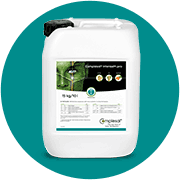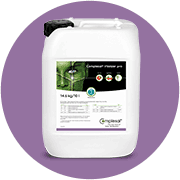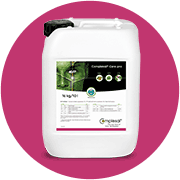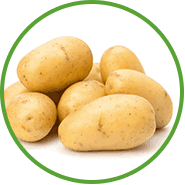
Potatoes
There is a tremendous quantity of potato varieties worldwide with a lot of different utilization purposes. As the main target is to produce potatoes with highest yields and quality, each nutrient plays a role in maintaining a sufficient result while some are extraordinarily essential for high quality. The potato has a number of growth stages from sprout emergence through to maturation and senescence. The nutritional needs of the potato plant changes with each growth stage. Developing a complete potato program begins with understanding the soil properties, the soil type and the specific nutritional needs of each of these stages of growth.
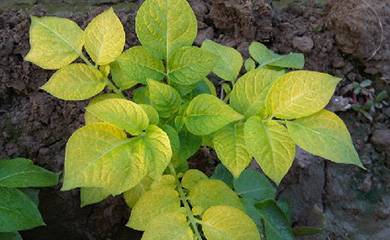
Key nutrients:
Nitrogen is the most difficult nutrient to recommend and control. It is the most critical one for potato quality. Enough Nitrogen needs to be applied pre-plant to provide an even steady growth and to suppress diseases from nutrient stress. Nitrogen is important for quick vegetative growth and high tuber yields. 90% of the total plant Nitrogen is accumulated before flowering. High contents in Nitrogen result in earlier maturation and lower starch yields. Deficiencies show when the entire plant turns light green. Young leaves remain green while older leaves turn yellow to light brown and become senescent.
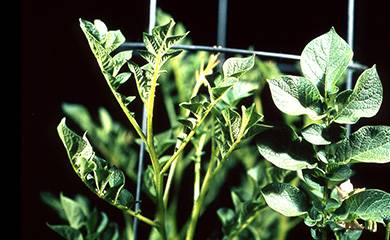
Phosphorus boosts juvenile plant growth, root development and tuber formation. It promotes high and early tuber formation and therefore tuber yield. Most importantly Phosphorus raises the starch content and improves resistance to damage by strengthening the skin. When deficiencies occur, plants are stunted. Leaves are dark green and their margins roll upward. Some purpling occurs in pigmented leaves. The severity of leaf roll increases as the deficiency becomes worse.
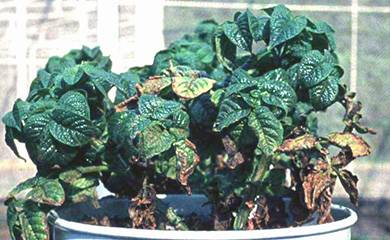
Regarding the nutrient uptake and removal of potatoes, it is clear that Potassium is the most abundant nutrient involved in potato growth. Potassium improves plant resistance to damage, drought and frost as well as many quality parameters like the formation of starch and vitamin C and the decrease of reducing sugars. Potatoes typically accumulate more Potassium than any other nutrient. High yields are a matter of good Potassium supply. Above the optimum, other quality parameters will be further promoted except for the starch content. Excessively high Potassium (via soil) may also be detrimental and should be avoided. Potassium deficiency results in stunted plants. Young leaves develop with a crinkly surface and their margins roll downwards. Leaves show a slightly black pigmentation and marginal scorching with necrotic spots may occur on older leaves.
Product recommendation potatoes

Contact us for more information
Whether you’re interested in more information or just have some questions, we’re here to help. Our experts will be pleased to share their knowledge with you and take care of your request.
